Journal of Daylighting
Journal of Daylighting is a peer-reviewed international journal devoted to investigations of daylighting in buildings. It is the leading journal that publishes original research on all aspects of Energy, buildings, and lighting. Read more
Open Access — free for readers, articles are published free-of-cost.
Rapid Publication: Bi-annual (articles are published continuously throughout the year)
Publication Fee: No charges
Year Started: 2014
Time to Publication: 70 days
Abstracting & Indexing
Scopus (Elsevier)
EBSCO
Directory of Open Access Journals (DOAJ)
Architectural Periodicals Avery Index
CrossRef

RESEARCH ARTICLE
Tessellation-Based Origami-Inspired Movable Façade for Daylighting and
This study emphasizes the importance of daylight performance in interior spaces as a critical factor in achieving global Sustainable Development Goals, including energy efficiency, environmental sustainability, and healthy living conditions.
Journal of Daylighting 12 (2025) 252-264

RESEARCH ARTICLE
Sensitivity Analysis and Optimization of Facade Design to Improve Daylight
This study examines the daylighting performance of a classroom with bilateral opening typology and an adjacent building on one side. The openings are located on the east and west sides of the classroom, with the adjacent building situated on the west side.
Journal of Daylighting 12 (2025) 235-251

RESEARCH ARTICLE
Integrating Acoustic Comfort and Daylighting in Transparent Multi-Purpose Halls:
Multi-purpose halls are halls where many different activities, such as music, theater, speech, and shows, can be performed in the same space. Recently, multi-purpose halls illuminated with daylight have been frequently seen.
Journal of Daylighting 12 (2025) 215-234

RESEARCH ARTICLE
Assessing the Indoor Thermal Comfort and Adaptive Behaviours of Older
Population aging, extreme weather conditions, and rising energy costs present significant challenges, especially in developing Asian countries like India.
Journal of Daylighting 12 (2025) 190-214

RESEARCH ARTICLE
Balancing the Parameters of Perforated Solar Screens to Optimize Daylight
Perforated solar screens (PSSs) have been widely used as an outer skin for the fully glazed façades of office buildings for their environmental and aesthetic benefits..
Journal of Daylighting 12 (2025) 167-189

RESEARCH ARTICLE
A Framework for Integrating Zoning Regulations and Site Layout Design
Daylight is one of the primary sources to ensure a comfortable, healthy, and energy-efficient neighborhoods. Zoning regulations significantly influence daylight-driven site layouts by constraining design decisions, particularly at the neighborhood scale.
Journal of Daylighting 12 (2025) 148-166

RESEARCH ARTICLE
Uncertainty and Sensitivity Analyses of Switchable Slat Insulated Shades for
To balanced multi-criteria's daylighting performance in indoor spaces, several dynamic metrics have been proposed, but so far there is no convention on which daylight metrics thresholds are preferred and which objective weights are given priority in optimization of daylighting under certain climate.
Journal of Daylighting 12 (2025) 125-147

RESEARCH ARTICLE
Multi-Objective Performance Evaluation Framework for Integrated Fiber-Reinforced Shading
Shading systems are associated by their ability to control various factors such as energy consumption, visual comfort, and natural ventilation. To fulfill such economic, environmental, and social requirements, the use of integrated modular fiber-Reinforced Concrete (FRC) shading systems has become popular in recent years.
Journal of Daylighting 12 (2025) 111-124

RESEARCH ARTICLE
Multi-objective Optimization of Window and Shading Systems for Enhanced
Addressing the challenges of global warming and rising energy demands, this study explores fixed shading systems as passive and sustainable solutions to improve energy efficiency, thermal comfort, and daylight performance in office buildings.
Journal of Daylighting 12 (2025) 91-110

RESEARCH ARTICLE
Designing Adaptability Strategy to a Novel Kinetic Adaptive Façade (
The design and evaluation of adaptive facades (AFs) have become increasingly complex due to advancements in morphology, control strategies, and adaptability techniques.
Journal of Daylighting 12 (2025) 69-90

RESEARCH ARTICLE
Feasibility Study of Five Solar Thermal Power Plants in Arequipa,
Knowing the Levelized Cost of Energy (LCOE) allows for evaluating the profitability of different energy generation technologies, identifying the options with the lowest costs, and, in turn, promoting the transition to more sustainable energy sources for governments and private companies.
Journal of Daylighting 12 (2025) 51-68

RESEARCH ARTICLE
Optimisation of Indoor Spatial and Temporal Aspects of Deep Architectural
Visual comfort in deep rooms with side lit openings varies by positions and time; thus, interventions are required to provide comfort for all users in a room.
Journal of Daylighting (2025) 40-50

RESEARCH ARTICLE
The Effect of Curved Light Shelves, Ceiling and Window Characteristics
Daylighting is related to the user's psychological and physiological effects in educational space. The amount of daylighting significantly influences visual comfort, work tasks, academic performance and productivity.
Journal of Daylighting 12 (2025) 21-39

RESEARCH ARTICLE
Daylight Optimization of the South-Faced Architecture Classrooms Using Biomimicry-
Building design is a product of multiple factors, such as concept and aesthetics, building materials and technologies, environmental conditions, and daylight requirements of the inner spaces.
Journal of Daylighting 12 (2025) 1-20

RESEARCH ARTICLE
Design Alternatives of Light Shelves using Altmann Linkage
This paper proposes a novel new light shelf design with Altmann linkage using its kinetic principles: geometry and rotational angles. As previous studies explain a light shelf’s design in two ways: static and movable, the proposed one in this study has the potential to track the path of the sun due to its diagonal movement. .
Journal of Daylighting 11 (2024) 391-407
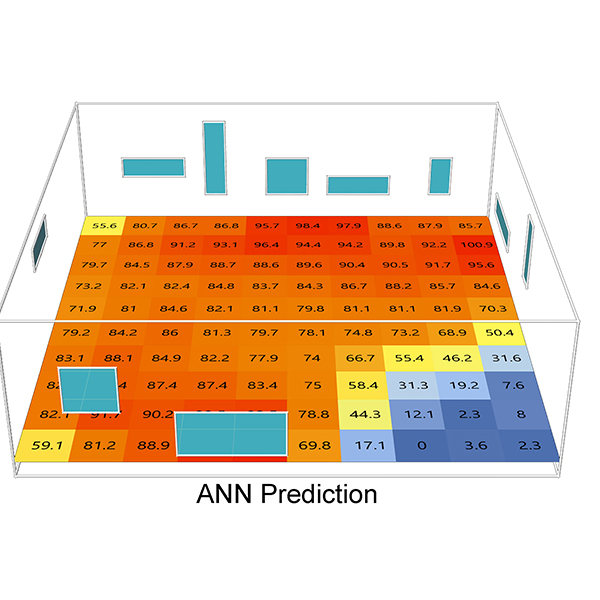
RESEARCH ARTICLE
Unfolding 3D Space into Binary Images for Daylight Simulation via
Daylighting plays a crucial role in building science, impacting both occupants’ well-being and energy consumption in buildings. Balancing the size of openings with energy efficiency has long been a challenge. .
Journal of Daylighting 10 (2023) 204-2013
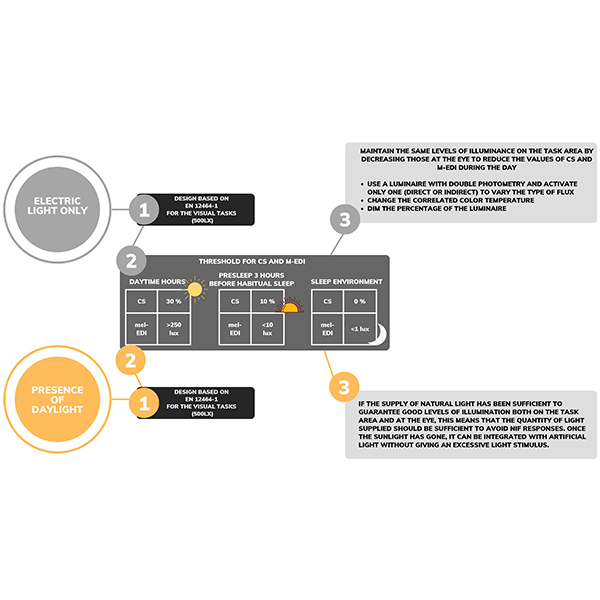
RESEARCH ARTICLE
Integrative Lighting Design: How to Optimize Visual and Non-visual
The objective of this paper is to outline fundamental principles for the electric lighting design of workplace environments such as offices. The study considers both the suggested guidelines and values for non-visual light design and the specifications for visual tasks dictated by the EN 12464-1:2021.
Journal of Daylighting 10 (2023) 192-203
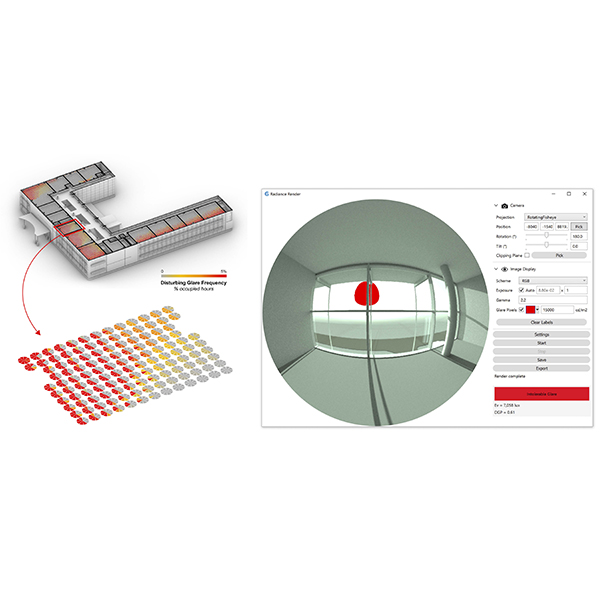
RESEARCH ARTICLE
The Effect of Parametric Patterned Façade Variations on Daylight
Parametric design influences on building envelope design are exponentially increasing in the current era due to the dominance of computational design on architectural outcomes.
Journal of Daylighting 10 (2023) 173-191
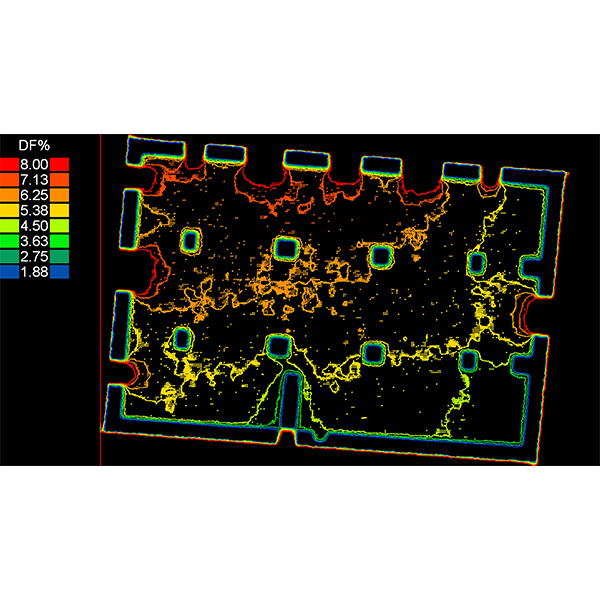
RESEARCH ARTICLE
Analysing the Daylighting Performance of the Main Prayer-hall in
This paper studies the daylighting quality of the indoor prayer-hall in The Great Upper Mosque of Hama city in Syria, highlighting this distinctive historical converted building that has been functioning as a mosque since the entry of Islam in the 6th century AD.
Journal of Daylighting 10 (2023) 153-172
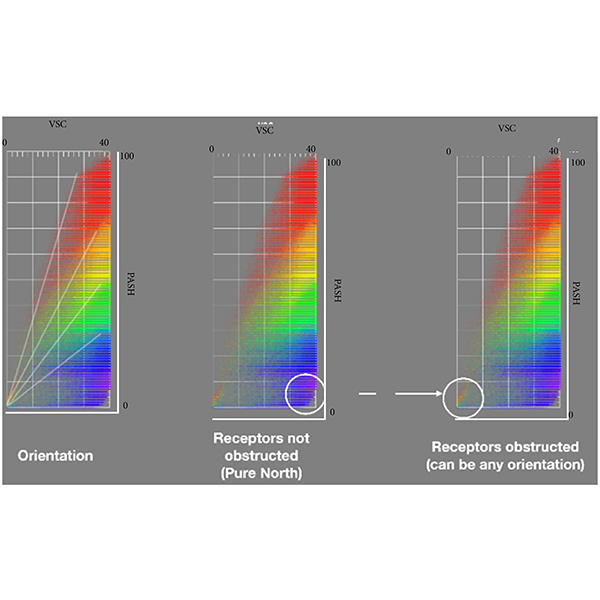
RESEARCH ARTICLE
Sunlight-Daylight Signature: a Novel Concept to Assess Sunlight and
Daylighting and solar availability at urban scale has come to play a crucial role in the perception of discomfort conditions for people, both in outdoor and indoor spaces, and on the energy consumption of buildings.
Journal of Daylighting 10 (2023) 136-152
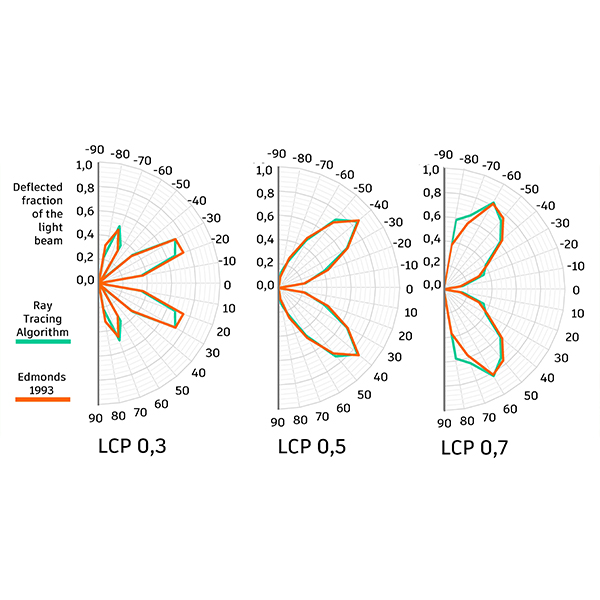
RESEARCH ARTICLE
Ray Tracing Algorithm to Simulate Laser-Cut Panel Light-Redirecting
Daylighting simulation software is an important tool to improve the quality of building design and to improve the quality of the built environment. For its application to correspond to reality, its algorithm needs to reflect real behaviour in the best possible way.
Journal of Daylighting 10 (2023) 87-98
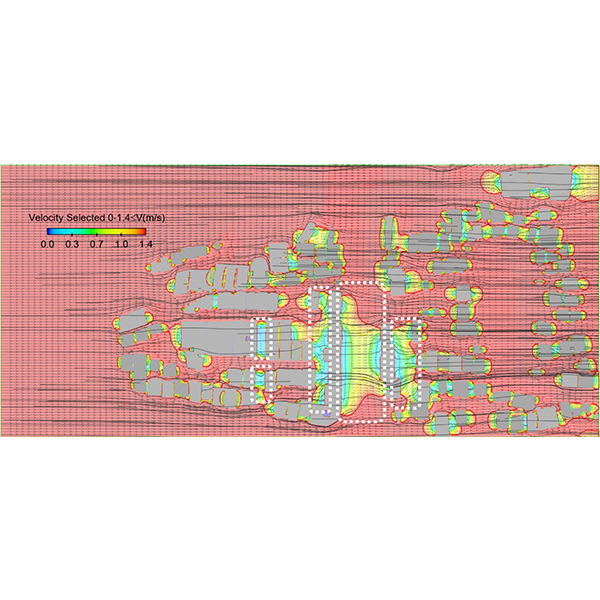
RESEARCH ARTICLE
The Effects of Orientation and Width of Space Between Buildings
Excessive heat in the high-rise urban fabric has contributed to pedestrian and occupants' discomfort. Establishing wind circulation in space with an environmentally compatible and optimal configuration is necessary to improve comfort in this region.
Journal of Daylighting 10 (2023) 99-116
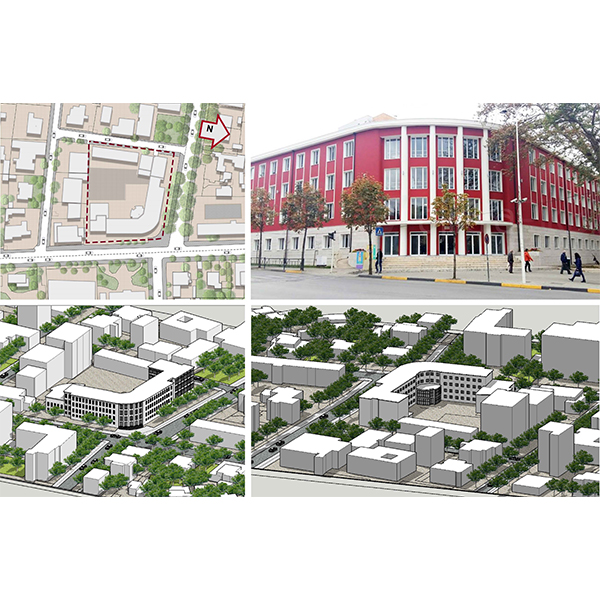
RESEARCH ARTICLE
Evaluation of the Visual Comfort and Daylight Performance of the
The daylight in classrooms is a crucial aspect that affects the quality of the learning environment and the overall performance of the students. Visual arts, such as painting, sculpture, carving, textile design and photography, require specific lighting conditions, which are different from the regular classroom standards.
Journal of Daylighting 10 (2023) 117-135
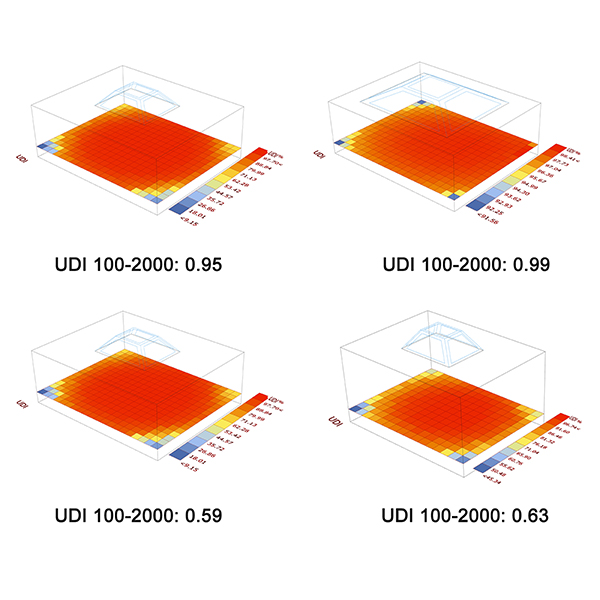
RESEARCH ARTICLE
Design Optimization of the Skylight for Daylighting and Energy Performance
In terms of sustainable design, lateral windows and skylights are important. Daylighting has become a vital component in office buildings because it increases occupants' productivity, well-being, and energy savings via windows and skylights.
Journal of Daylighting 10 (2023) 72-86

RESEARCH ARTICLE
The Architectural Design of Building Façade Models Related to
Lighting control integrated with daylighting is recognized as an important and useful strategy in energy efficient building design. One of the right factors to reduce energy consumption for artificial lighting during the day is the maximum utilization of sunlight.
Journal of Daylighting 10 (2023) 60-71

RESEARCH ARTICLE
Evaluation of Occupants’ Visual Perception in Day Lit Scenes: A
Daylight improves indoor environmental quality, the physical and mental health of occupants, and their efficiency. Research in the area of human-centric lighting that considers the visual and non-visual effects of light on human vision, have focused on examining human visual perception in response to a wide variety of lighting aspects.
Journal of Daylighting 10 (2023) 45-59

RESEARCH ARTICLE
Impact of Window Design on Dynamic Daylight Performance in an
Window design affects the building's appearance. Besides, it has a significant impact on daylight performance and the visual comfort of interior spaces.
Journal of Daylighting 10 (2023) 31-44

RESEARCH ARTICLE
Visual Comfort Assessment of Hospital Patient Rooms with Climate Responsive
As advanced technologies become prevalent, they are being used more widely in numerous fields. The building sector is not an exception. One of these cutting-edge technologies is responsive facades, which are used in buildings and have an undeniable effect on daylighting.
Journal of Daylighting 10 (2023) 17-30

RESEARCH ARTICLE
Biomimicry as an Approach to Improve Daylighting Performance in Office
Biomimicry inspired architects to solve complex design problems and develop adaptive solutions for enhancing the environmental quality. Fields of inspiration include energy efficiency, natural ventilation, daylighting, and structural stability.
Journal of Daylighting 10 (2023) 1-16
Join our Editorial Board
Applications should be sent electronically at jd@solarlits.com.
Editorial Board

Prof. Yuehong Su
University of Nottingham, UK

Prof. Barbara Szybinska Matusiak
NTNU, Norway

Dr Ferdinando Salata
University of Rome, Italy

Dr Arsenio Barbón
University of Oviedo, Spain

Prof. Önder Güler
Istanbul Technical University, Türkiye

Prof Laura Bellia
University of Naples Federico II, Italy

Dr Boon Han Lim
Universiti Tunku Abdul Rahman, Malaysia

Dr Umberto Berardi
Ryerson University, canada

Dr Valerio Roberto Maria LO VERSO
Politecnico di Torino (Polytechnic University of Turin), Italy

Dr Fabio Peron
IUAV University of Venice, Italy

Prof Hongfei Zheng
Beijing Institute of Technology, China

Prof. Antonio Manuel Peña García
University of Granada, Spain

Prof. Nabil Elminshawy
Port Said University, Egypt

Prof Francesco Asdrubali
University of Perugia, Italy

Dr Canan Kandilli
Usak University, Turkey

Alp Tural
Virginia Tech, USA

Dr Osama Mohamed Omar
University of Bahrain , Bahrain

Dr. Peng XUE
Beijing University of Technology, China

Dr Vincenzo Costanzo
University of Catania, Italy

Dr. Michele Rocca
University of Pisa, Italia

Dr Mohammed Salah Mayhoub
Al-Azhar University, Egypt

Dr. Francesco Nocera
Department of Civil Engineering and Architecture, University of Catania (ITALY), Italy

Dr Seyed Morteza Hosseini
Aalborg University, Denmark

Prof Jitka Mohelnikova
Brno University of Technology, Czech Republic

Dr Rizki A. Mangkuto
Institut Teknologi Bandung, Indonesia

Dr jian yao
Ningbo University, China

Wei Wang
Southeast University, 中国

Dr. Feride Şener Yılmaz
Istanbul Technical University, Turkey

Dr Paula M. Esquivias
University of Granada, Spain

Dr Lim Yaik Wah
Universiti Teknologi Malaysia, Malaysia
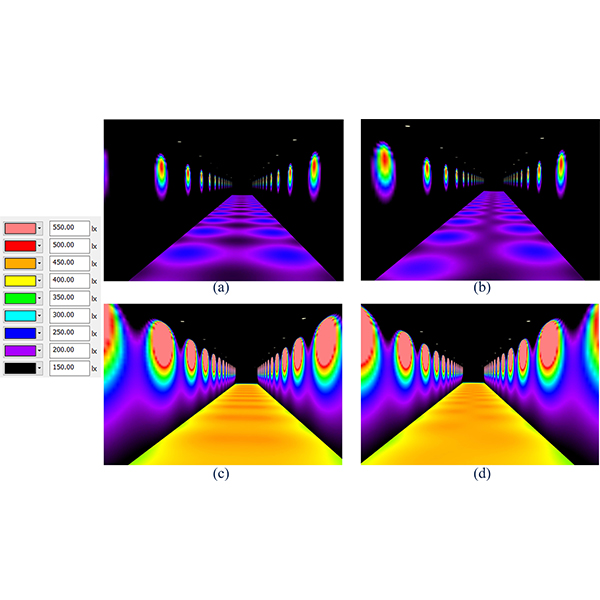
RESEARCH ARTICLE
Phasor Method to Estimate Illuminances Due to Parallel Arrays of
Direct horizontal illuminance along a calculation row due to two parallel arrays of large numbers of identical light sources behaves like a periodic signal with a sinusoidal pattern, which contains useful information for design purpose.
Journal of Daylighting 7 (2020) 246-257
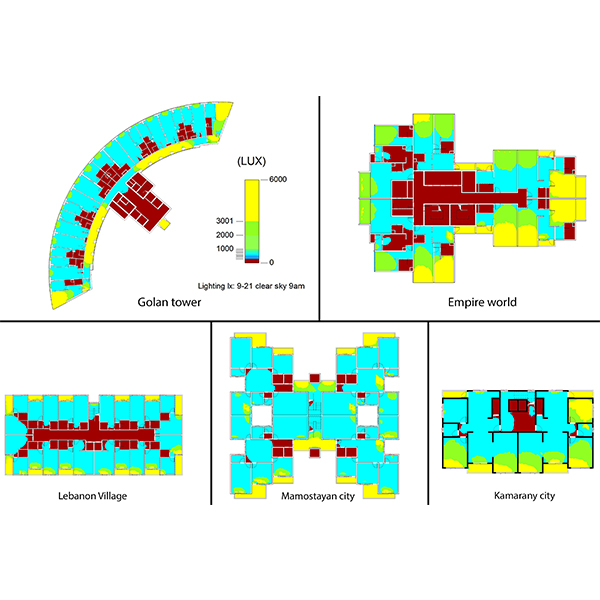
RESEARCH ARTICLE
Impact of Building Typology on Daylight Optimization Using Building Information
Daylight represents one of the crucial factors that affect directly on the building performance and its occupants. This study assesses the daylight performance in the multi-storey residential buildings (apartments) in Erbil city.
Journal of Daylighting 6 (2019) 187-201

RESEARCH ARTICLE
Improvement of Optical Performances Using the Hybrid CPV
Hybrid Concentrated Photovoltaics (HCPVs) are systems in which additional low-cost silicone solar cells are added to take advantage of the power generated by the diffuse radiation lost when using only multi-junction cells that work only with direct radiation.
Journal of Daylighting 7 (2020) 238-245
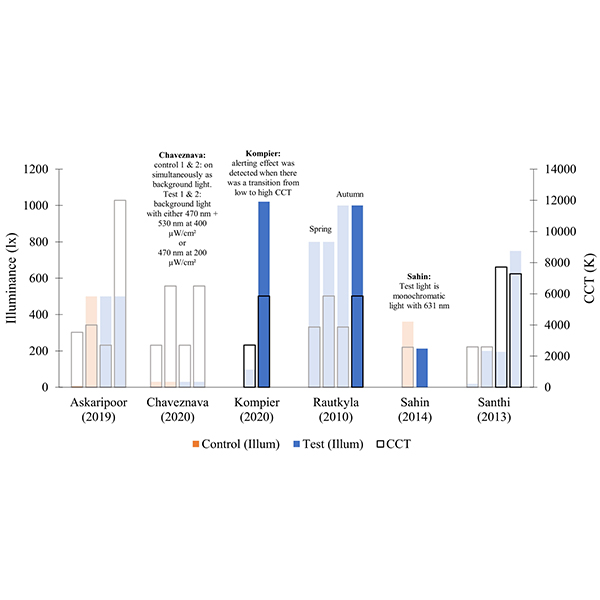
REVIEW ARTICLE
Alerting Effect of Light: A Review of Daytime Studies
Light affects humans beyond only image formation. Several studies have reported that light can increase daytime alertness and can therefore be positively utilized to counter daytime fatigue and increase productivity in workspaces.
Journal of Daylighting 9 (2022) 150-163
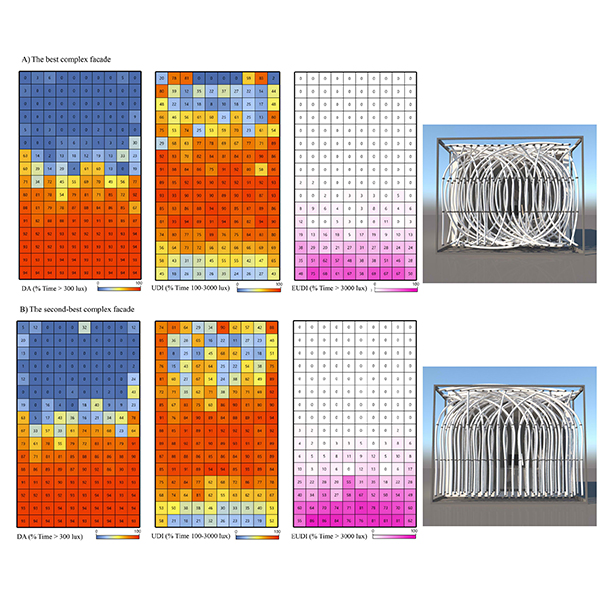
RESEARCH ARTICLE
Biomimetic Kinetic Shading Facade Inspired by Tree Morphology for Improving
Many recent studies in the field of the kinetic façade developed the grid-based modular forms through primary kinetic movements which are restricted in the simple shapes..
Journal of Daylighting 8 (2021) 65-85
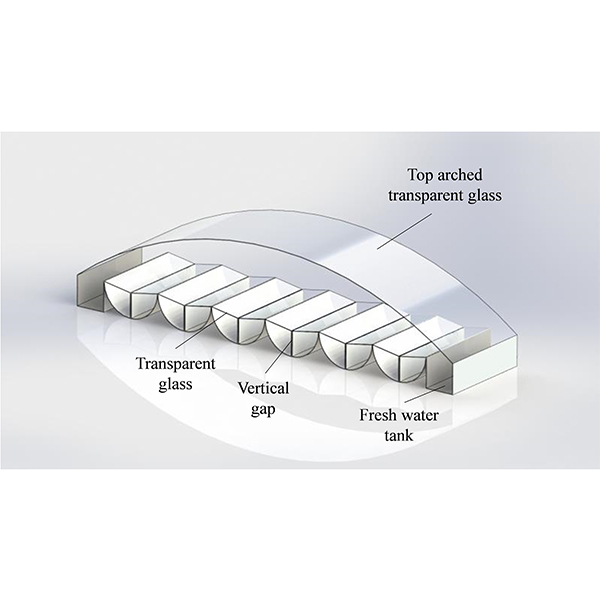
RESEARCH ARTICLE
Optical Analysis of a New Solar Distiller with Cylindrical Surface
In this paper, a new solar distiller floating on ocean with cylindrical surface concentrator and vertical gap evaporator is proposed for solving the problem of freshwater shortage in islands.
Journal of Daylighting 8 (2021) 100-109

RESEARCH ARTICLE
Photobioreactors as a Dynamic Shading System Conceived for an Outdoor
In the field of responsive shading systems, the use of photobioreactors (PBRs) containing microalgae seems to be a promising technology. Within this framework, this paper presents a case study where a PBR was specifically conceived as a shading system for an external workspace located on an open terrace of the State Library of Queensland (SLQ) in Brisbane.
Journal of Daylighting 6 (2019) 148-168
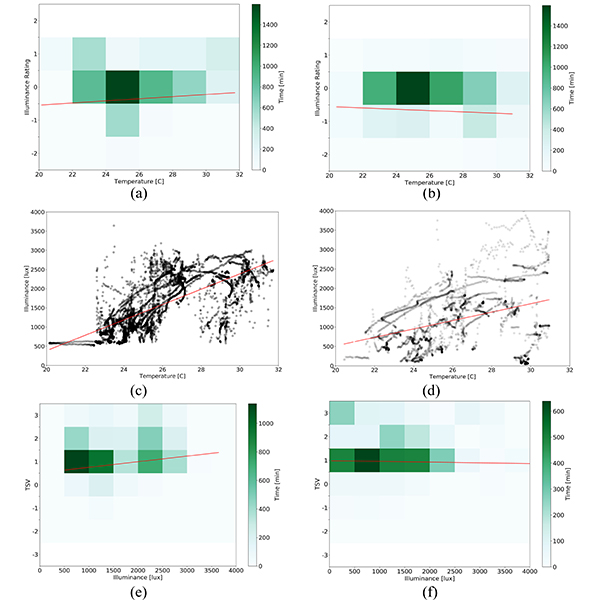
RESEARCH ARTICLE
Automatic vs Manual Control Strategy for Window Blinds and Ceiling
A case study to evaluate the occupants' satisfaction in relation to two different control strategies (fully automatic and manual) for blind and ceiling lights use in cell offices was carried on in Trondheim, Norway.
Journal of Daylighting 6 (2019) 112-123
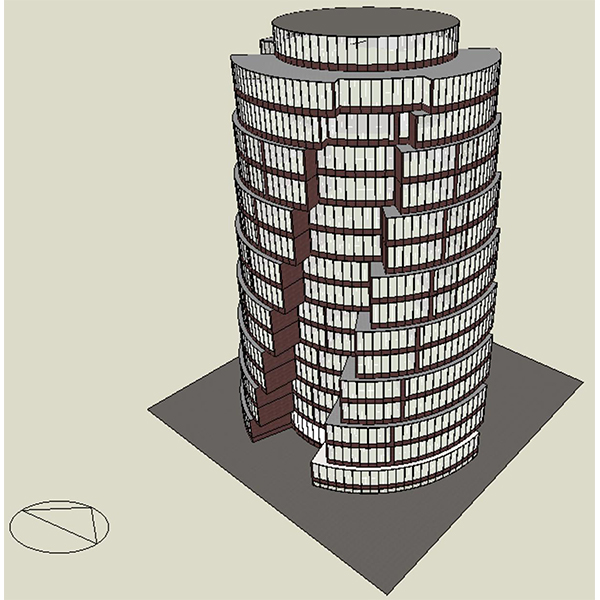
RESEARCH ARTICLE
Optimal Window to Wall Ratio Ranges of Photovoltachromic Windows in
Windows are one of the weakest building components concerning high thermal losses. Traditional windows cannot adapt to external and internal environmental conditions.
Journal of Daylighting 8 (2021) 134-148
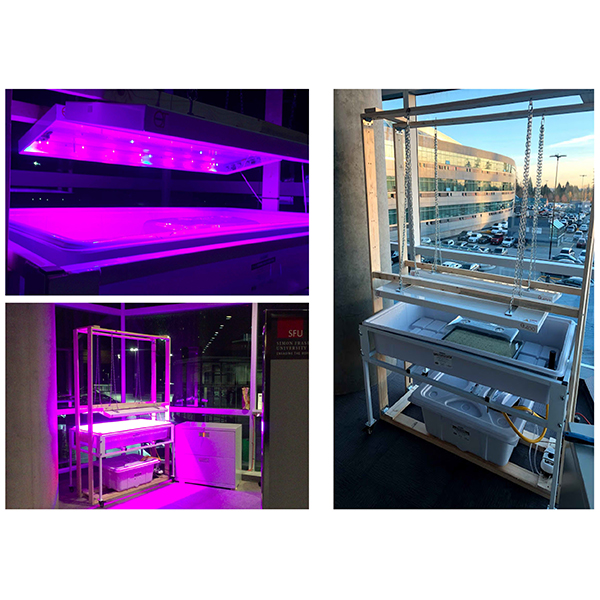
RESEARCH ARTICLE
An Intelligent IoT-enabled Lighting System for Energy-efficient Crop
In this paper, an intelligent lighting instrumentation and automation system is presented with the objective of achieving high energy-efficiency in greenhouse supplemental lighting based on the Internet of Things (IoT) technology.
Journal of Daylighting 8 (2021) 86-99
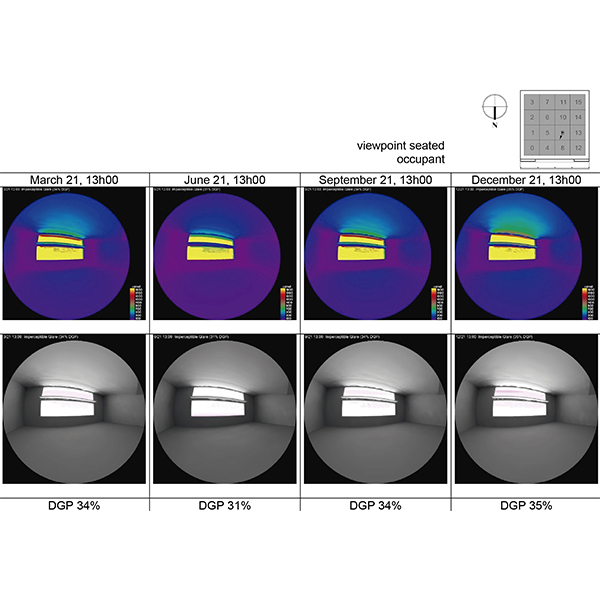
RESEARCH ARTICLE
Optimisation of Passive Solar Design Strategies in Side-lit Offices:
It has been shown that in buildings with fully glazed facades designed to save electricity and increase daylight, overheating due to excessive solar gains and glare have become recurrent problems, affecting the quality of the indoor environment in office buildings.
Journal of Daylighting 7 (2020) 107-121
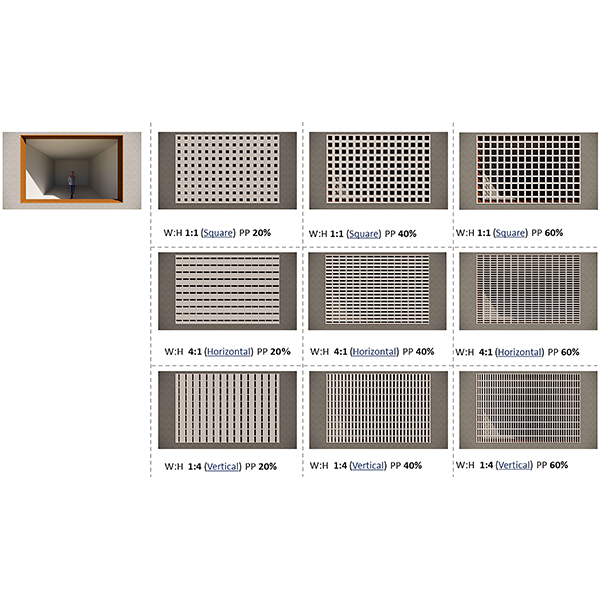
RESEARCH ARTICLE
The Significance of Aperture Proportion for the Lighting Behaviour and
Traditional solar screens in Iran (called Moshabak) are architectural devices used mainly in hot-arid regions, with two interrelated functions: controlling the penetration of sunlight and gaze from outside.
Journal of Daylighting 9 (2022) 242-256
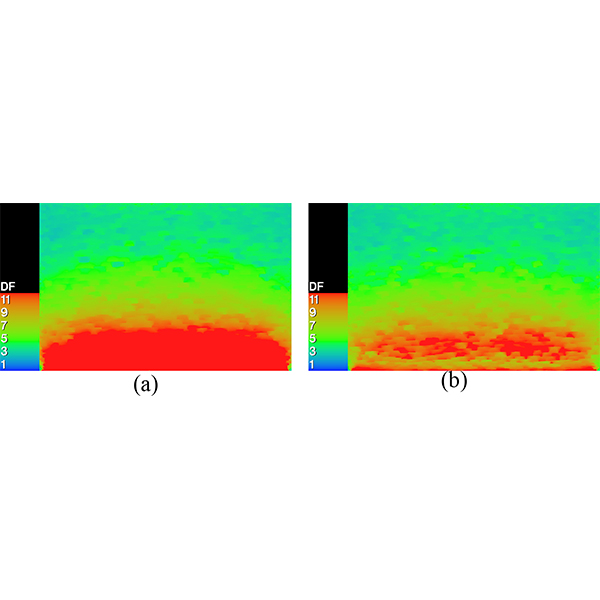
RESEARCH ARTICLE
Comparative Study on Computer Simulation of Solar Shading Performance with
Current technological advancement and the requirement for sustainability-driven practices has birthed increased demands for accuracy in performance and assessment of energy consumption in the built environment.
Journal of Daylighting 8 (2021) 50-64

RESEARCH ARTICLE
Development of Fresnel-based Concentrated Photovoltaic (CPV) System with Uniform
Different designs have been presented to achieve high concentration and uniformity for the concentrated photovoltaic (CPV) system. Most of the designs have issues of low efficiency in terms of irradiance uniformity.
Journal of Daylighting 1 (2014) 2-7
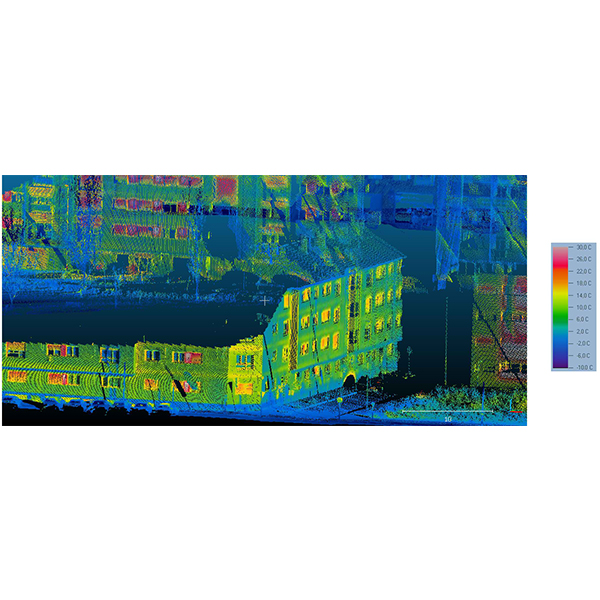
RESEARCH ARTICLE
Thermographic Mobile Mapping of Urban Environment for Lighting and Energy
The generation of 3D models of buildings has been proved as a useful procedure for multiple applications related to energy, from energy rehabilitation management to design of heating systems, analysis of solar contribution to both heating and lighting of buildings.
Journal of Daylighting 1 (2014) 8-15
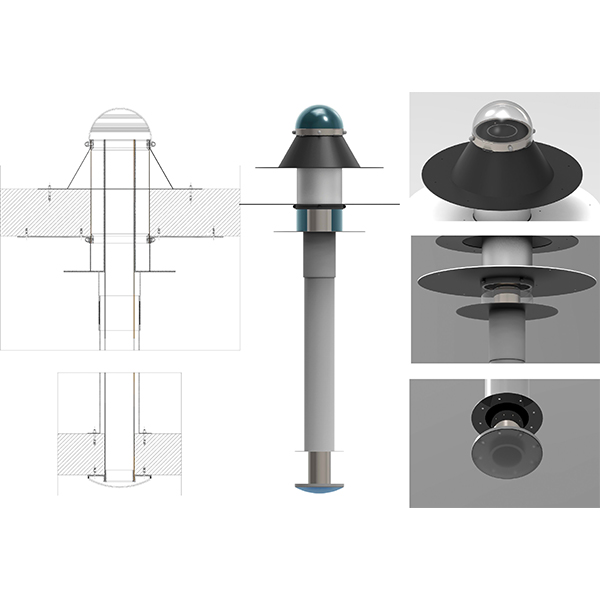
RESEARCH ARTICLE
Daylight Performance of the Modified Double Light Pipe (MDLP) Through
This paper focuses on the Modified Double Light Pipe (MDLP), an innovative daylighting system set up by the authors in the Laboratory of Technical Physics of the University “G. .
Journal of Daylighting 9 (2022) 164-176
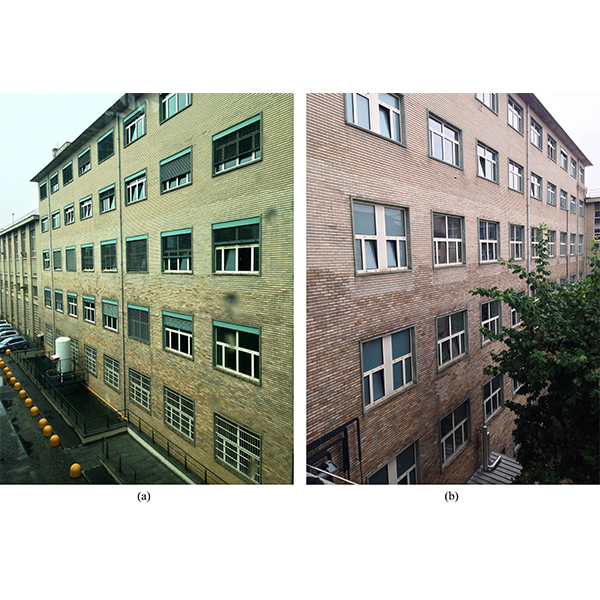
RESEARCH ARTICLE
A Methodology to Link the Internal Heat Gains from Lighting
This paper critically discusses the procedure prescribed by the Italian Technical Standards to account for the internal gains in the calculation of the energy performance indices for a building.
Journal of Daylighting 1 (2014) 56-67
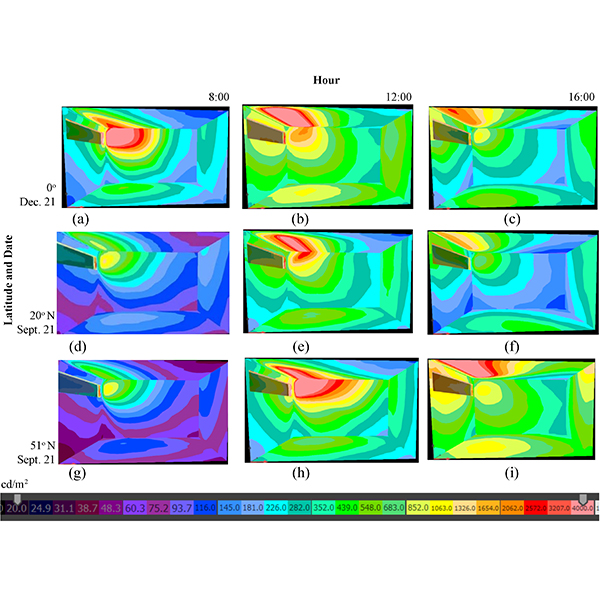
RESEARCH ARTICLE
Application of Micro-structured Sunlighting Systems in Different Climatic Zones
Two-sided micro-structures on windowpanes have been developed for redirecting sunlight into the depth of rooms in order to improve daylighting. In a joint research project comprehensive sunlighting-systems for windows are developed, integrating micro-structures in triple-glass units.
Journal of Daylighting 6 (2019) 52-59
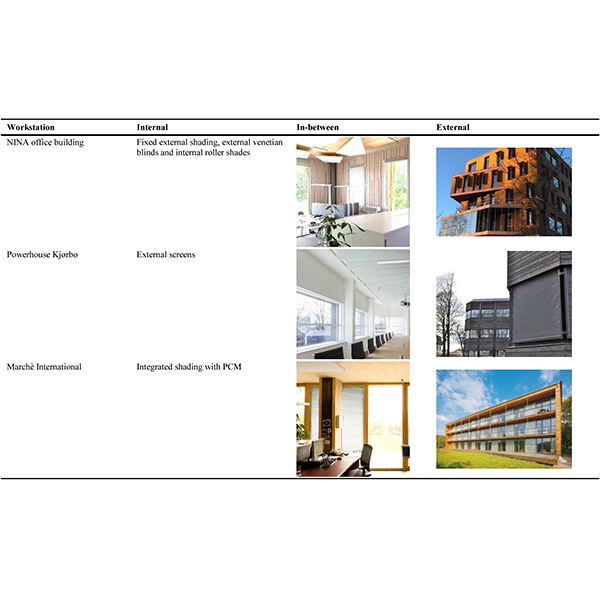
RESEARCH ARTICLE
Solar shading in low energy office buildings - design strategy and
Moving towards passive house-level envelopes, zero-energy buildings, or zero-emission buildings, where the carbon footprints of the buildings are minimal, the performance of the transparent parts of the envelope is vital for ensuring a low energy demand and a desirable indoor environment.
Journal of Daylighting 4 (2017) 1-14
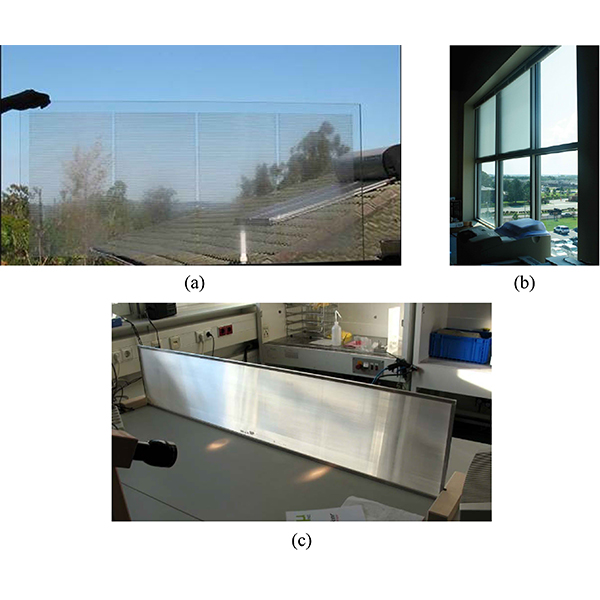
RESEARCH ARTICLE
Annual Performance Assessment of Complex Fenestration Systems in Sunny Climates
Complex Fenestration Systems (CFS) are advanced daylighting systems that are placed on the upper part of a window to improve the indoor daylight distribution within rooms.
Journal of Daylighting 2 (2015) 32-43
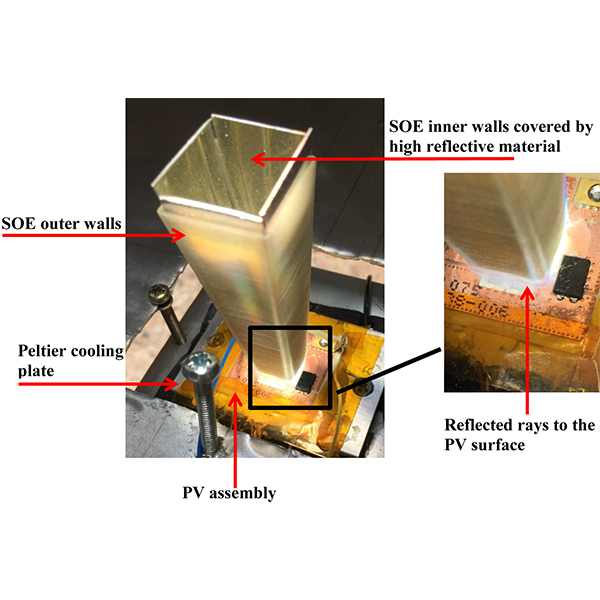
RESEARCH ARTICLE
Outdoor Investigation of High Concentrator Photovoltaic Under Uniform and Non-
This study was performed in outdoor conditions to quantify the level of influence on the electrical performance of the Multi-junction (MJ) solar cells.
Journal of Daylighting 7 (2020) 1-12
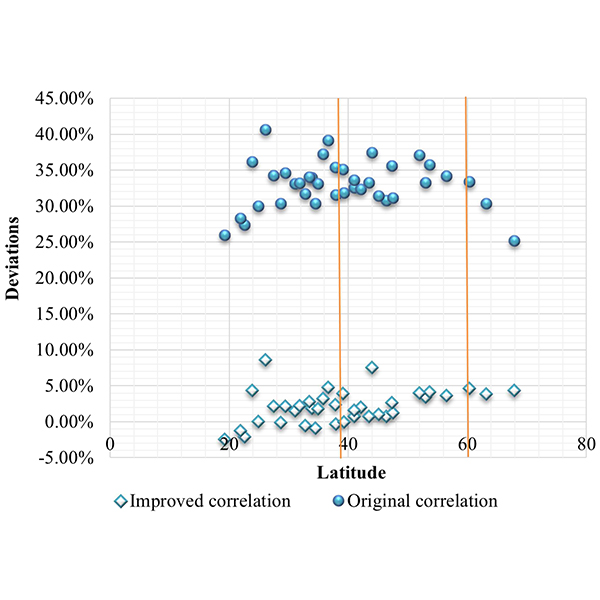
RESEARCH ARTICLE
An Improvement to Calculation of Lighting Energy Requirement in the
Daylighting has a recognized potential for electric energy savings when is used as a complement for artificial lighting. This study reviews the comprehensive calculation method for lighting energy requirement in non-residential buildings introduced by the European Standard EN 15193: 2007 and investigates its feasibility in China.
Journal of Daylighting 1 (2014) 16-28
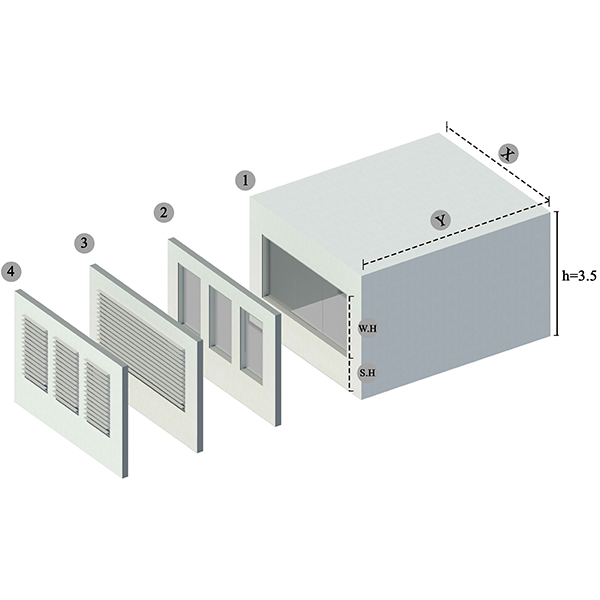
RESEARCH ARTICLE
Development of a Machine-Learning Framework for Overall Daylight and
Application of machine learning methods as an alternative for building simulation software has been progressive in recent years. This research is mainly focused on the assessment of machine learning algorithms in prediction of daylight and visual comfort metrics in the early design stages and providing a framework for the required analyses.
Journal of Daylighting 8 (2021) 270-283
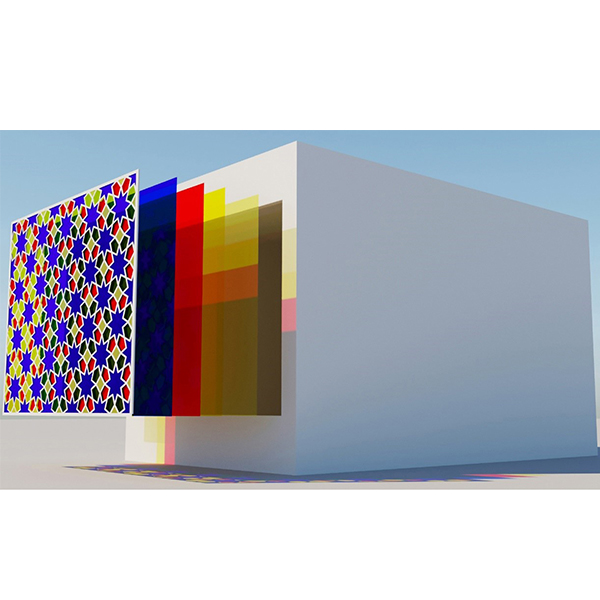
RESEARCH ARTICLE
Quantitative Investigation Through Climate-based Daylight Metrics of Visual Comfort
There are several alternatives to passive strategies in the early stages of the design process including orientation, window to wall ratio, shading device, material and colour that affect occupants’ visual comfort. .
Journal of Daylighting 5 (2018) 21-33
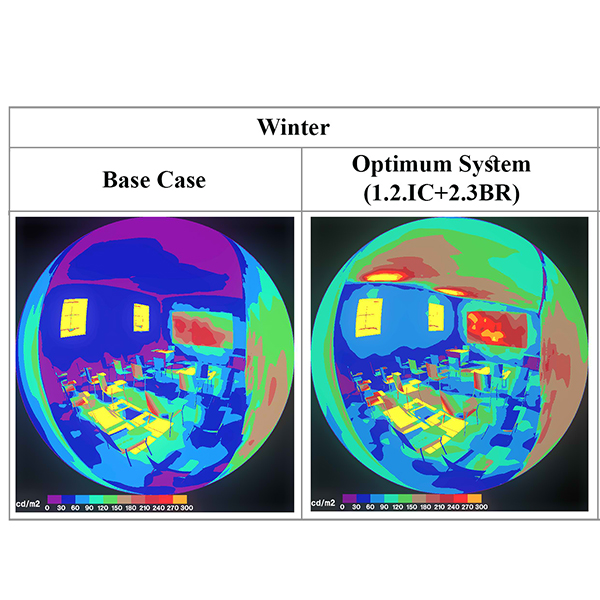
RESEARCH ARTICLE
Improving Daylight Availability in Heritage Buildings: A Case Study of
Refurbished heritage buildings usually lack in meeting the required standards defined for the new function especially when reused as educational buildings.
Journal of Daylighting 8 (2021) 120-133
 HOME
HOME